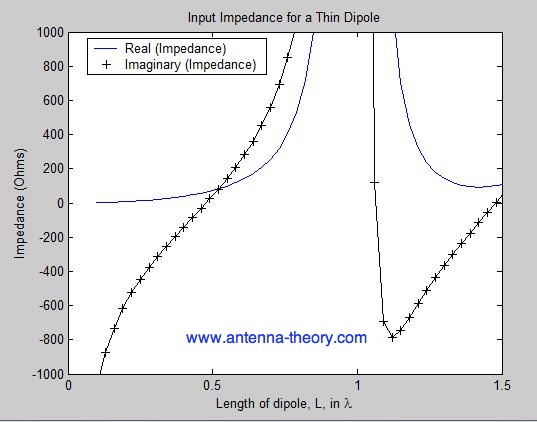Inspired by Phil's comment on this answer...
Bending the dipole to make it more like a V can also serve to get the impedance to 50 ohms.
Likewise, bending the ground plane leads for a 1/4 wave whip alters the the antenna's impedance.
Backing up a little bit, my understanding of antenna matching is to get the impedance at the feedpoint of the antenna equal to the impedance of the feed line. With Ohm's Law being V=IR, the antenna should be (or can be) designed such that the voltage and current of the standing wave produces the desired impedance.
I have 2 closely related questions:
Specifically regarding Phil's comment, why does bending a dipole antenna change its impedance?
What's the "mental" model of how an antenna's impedance is determined? I'm trying to get a better intuition of how slightly changing an antenna (like bending the ground plane leads) changes the impedance

